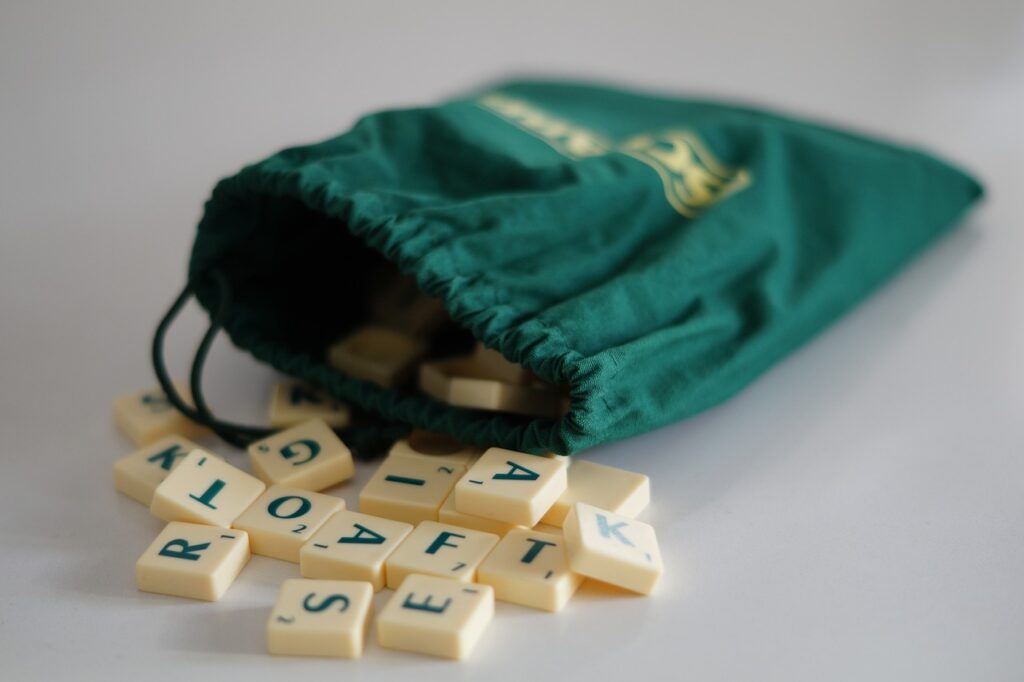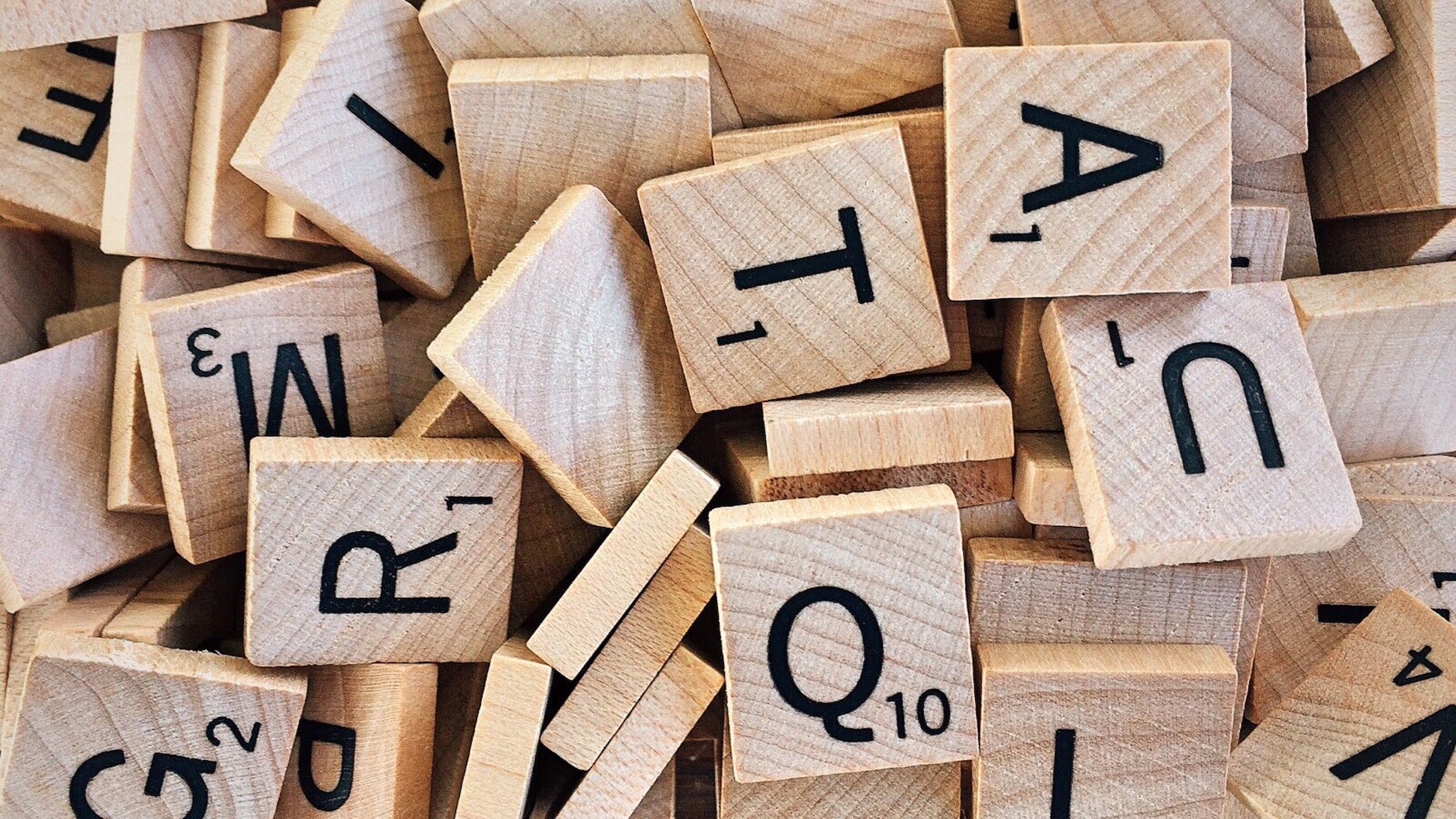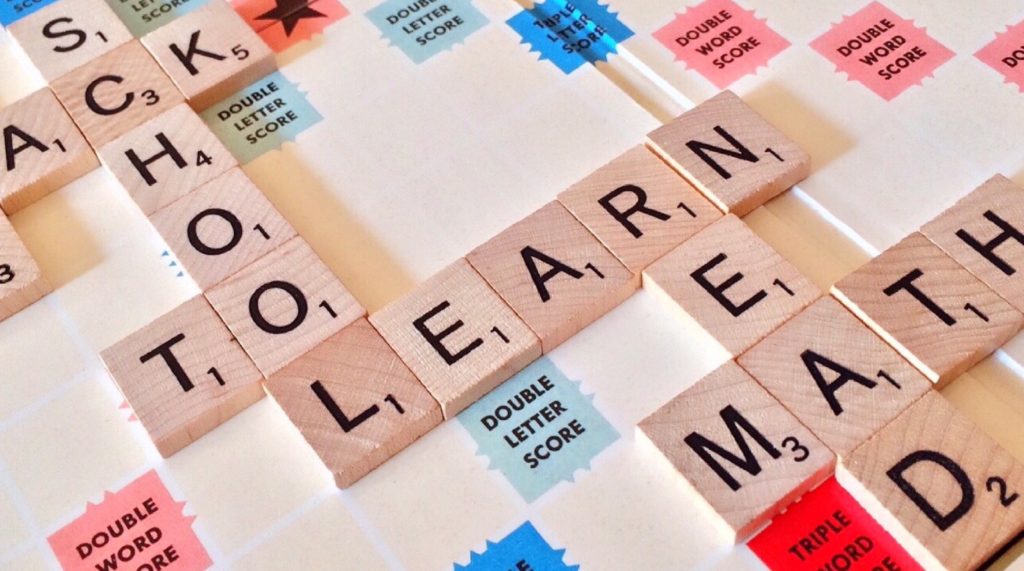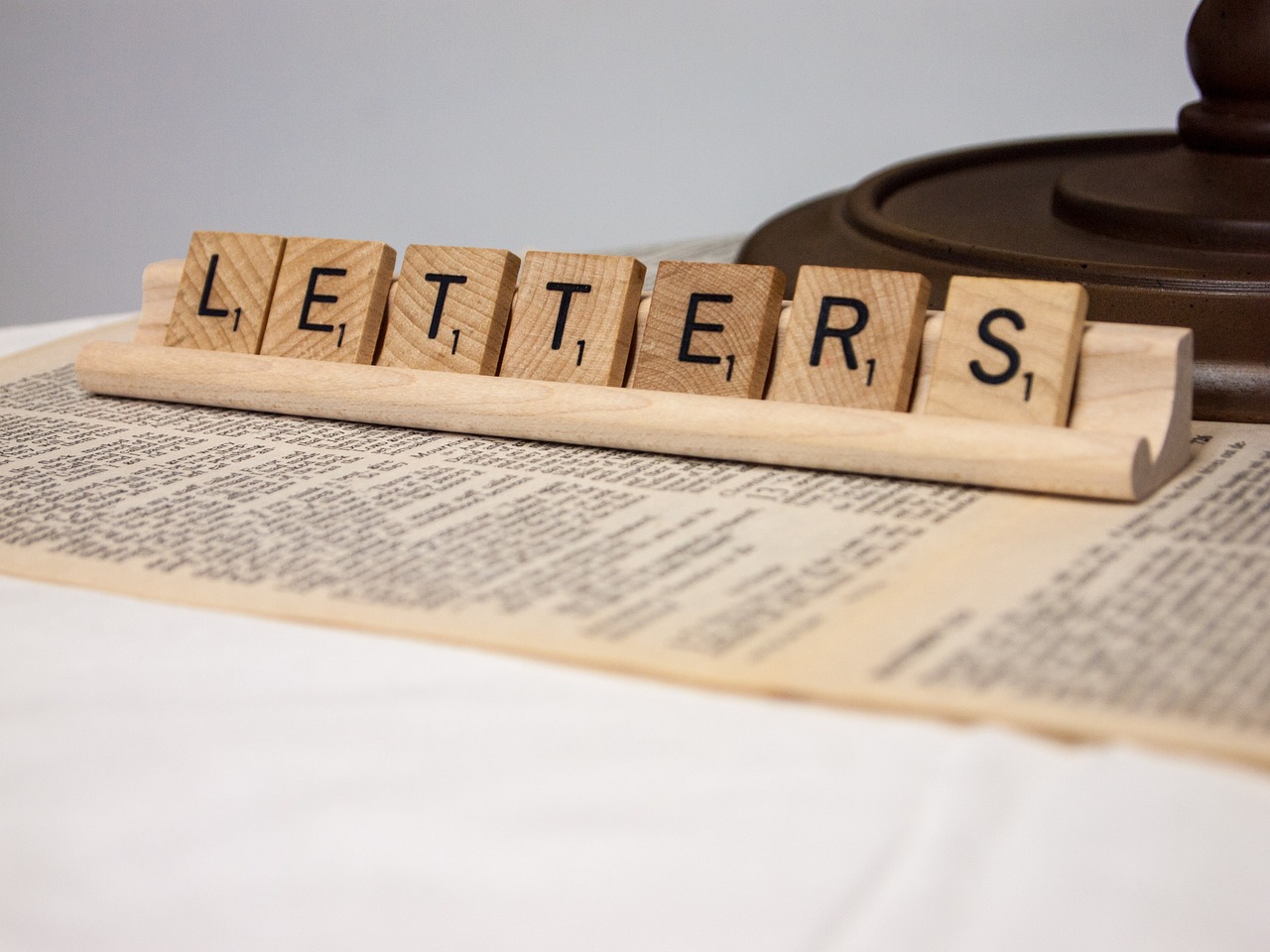Scrabble: A Wonderful Wordy Classic
A wonderful wordy classic board game- both fun and educational!

A classic through for decades…
Nothing quite beats the classic Scrabble that our parents and grandparents grew up playing. As the board styles have changed over the decades, the classic has remained a stable household name and tradition in families across the country. What is it that makes this board game a family-friendly classic? Part of it is its ability to take a simple square board and one hundred wooden alphabet letters and morph it into a challenge with excitement for all ages.
Many strategies, many variations…
This game can quietly transpire into a strategy game if you aren’t paying close attention. While some of us are simply proud to get the word “taco” for 6 points and call it good, there are others, like say, my mother-in-law, who takes the Scrabble adventure to a whole new level. She even has a two-word letter list that she has bestowed upon us. (snippet of list as photo) Yes, “qi” is a word that is validated in Scrabble. No looking it up in the Scrabble dictionary though unless you are ready to be challenged!
So, while some of us struggle to get a simple four or five letter word across the middle of the board, opening up all the triple point and double word scores for our opponents sitting across from us, there are others who devote a good twenty minutes per turn to get the illusive “quiz” across the double and triple score tiles for an 84 point victory. Whatever your strategy is, Scrabble is sure to be a favorite.

A favorite before we even had kids…
My husband and I were given this board game from my husband’s grandparents as a young (and poor!) newly married couple and enjoyed playing it to pass the time on a rainy day while cooped up in a tiny city apartment all those years ago.
It has quickly become the game we just have to fall back on when we want to play a board game but can’t agree on which one. Why? Because it’s a classic, it is a simple no brainer. You can play for fun and barely get a final score of 100 or you can try to best each other on the two-letter list and “lock up” the board, as my husband prefers. He says he’s not “trying” to lock it up, but I know better. Since it brings a sense of nostalgia, we believe that no matter how ready our children are for the game, we want to start teaching it to them little by little.
What about kids? What does this mean in homeschooling?
Scrabble is a fun and wonderfully wordy classic for any rainy day or evening game night, but we also find it to be educational. Spelling has been a key component in our homeschooling and we have always valued spelling and phonetics. A strong word recognition through reading and spelling can open windows to a variety of skills and careers.
Reading is an invaluable skill, and a big component to reading is spelling. Why? Spelling is phonetic. We are sounding out the words and working on sound/pattern recognition. It sometimes gets easy to fall into reading the basic books that you are comfortable with at the level you know and spell words at grade level, but in our homeschool, challenge is a must. We like to push our children to go above and beyond. We want to see how far they can go with the concepts they are given. Scrabble is a great way to enact that.

When to begin?
Start small when the kids are small. We had our kids help us in the beginning stages of learning the game when they were younger. They could try making shorter words if the tiles fit, words such as cat, hat, ball etc. and we would constantly rearrange the letters so they could see the possibilities and get into the mindset of rearranging letters to create combinations.
Educating at the next stage..
As the kids got older, we played an easy-going game just to test out the skills. We let them apply what words they knew, after working through a lot of their spelling lists and getting a better grasp on chapter reading. The vocabulary increased and so did their spelling combinations. It went from cat and hat to more words like potato or turkey. Scoring more points also boosted their confidence to play again. I won’t say there wasn’t any crying or frustration but there were definitive times of pure joy and success at completing a word.
At this beginning stage, they typically don’t look for word combinations with the letters on the board. So help them see that they can “utilize” some of the letters on the board to aid their words. I recommend at tops 3 players when teaching them at a young age. This gives them short turns and ability to rearrange and make mistakes, and place tiles, take them off and try again without interruption or waiting long turn times.

As they grow up, so do their skills…
Eventually the skills will increase and they will start connecting the letter combinations to their tray of letters. Before you know it, you may have a two-letter king/queen in your midst. Watch out. I enjoy watching my eldest son’s face scrunch up while he rearranges and rearranges tiles and does the usual, “if only I had one more e!”
Family fun for everyone…
Whatever your preference, this classic wordy wonder will get any kid excited to rearrange tiles and be apart of a group of master spellers. The possibilities are endless and the board can be inviting. I recommend this not only as an educational tool, but as just plain fun.
What wordy classic excites your family? Do you have an educational favorite that your children enjoy as they learn?
